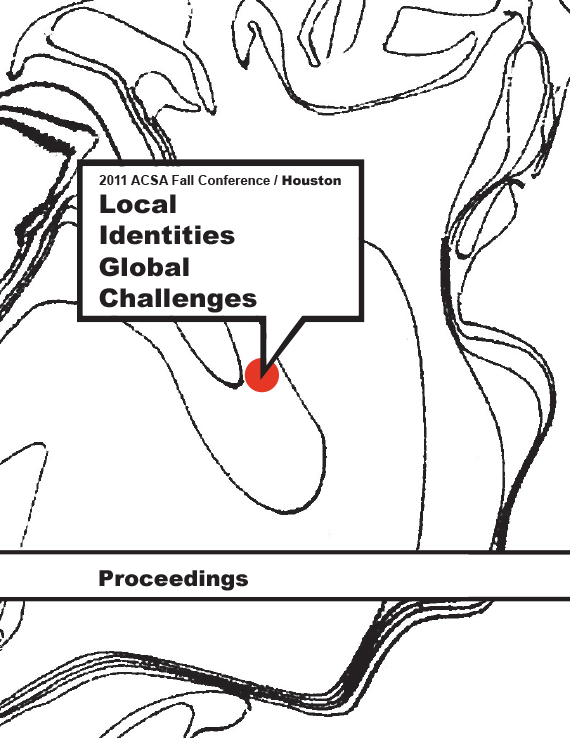Author(s): Charles Debelius
Building transcends physical and functional requirements by fusing with a place, by gathering the meaning of a situation. Architecture does not so much intrude on a landscape as it serves to explain it… —Steven Holl, “Anchoring” The existing monuments form an ideal order among themselves, which is modified by the introduction of the new (the really new) work of art among them. The existing order is complete before the new work arrives; for order to persist…the whole existing order must be, if ever so slightly, altered…this is conformity between the old and the new. —T. S. Eliot, “Tradition and the Individual Talent” The urgency of a powerful and multivalent connection between architecture and context speaks directly to the important questions prompted by the theme “Local Identities/Global Challenges.” How does a work of architecture maintain its identity in the face of global conditions that threaten to render that work ubiquitous? How might a reciprocal relationship between building and context preserve and protect a local identity while simultaneously modifying and enriching that identity? To ignore considerations of culture, history, and local identity or to insist that architecture is not concerned with site and not concerned with context is a superficial, inaccurate and highly limited way to view the world. It is to reject one of architecture’s essential attributes, “a unique fusion of form and place”. (McCarter, “Escape from the Revolving Door…”) As Carol Burns notes, “By denying or erasing the site, and by reducing its physical and temporal dimensions through a limited appropriation, the cleared site and the constructed site circumscribe the productive potential of the site.” But how, as Steven Holl claims, might architecture explain a landscape? And how, as T. S. Eliot insists, is ‘conformity between the old and the new’ achieved? Brian Healey’s design for ‘A Small Lodge,’ sited in a Northern California vineyard, is an explicit response to a tangible context—most obviously, the distinctive grid organization of vineyards—as well as a multitude of intangible contexts: the vernacular buildings in the region, the cultivated and architectural landscapes of Napa Valley, and the rituals of grape harvesting, wine production, and wine tasting. The success of Healy’s project is rooted, to a great extent, in the designer’s ability to weave considerations of regional culture and traditions, precedent, path and sequence, site, context, program, vernacular construction, and spatial hierarchy in a manner that is rich and poetic as well as clear, consistent, and highly expressive. This paper analyzes ‘A Small Lodge’ and discusses the work as a response to two questions: § How, for instance, does a work of architecture maintain its identity in the face of a global conditions that threaten to render that work ubiquitous? § How might a reciprocal relationship between building and context preserve and protect a local identity while simultaneously modifying and enriching that identity?
Volume Editors
Ikhlas Sabouni & Jorge Vanegas

 Study Architecture
Study Architecture  ProPEL
ProPEL 
